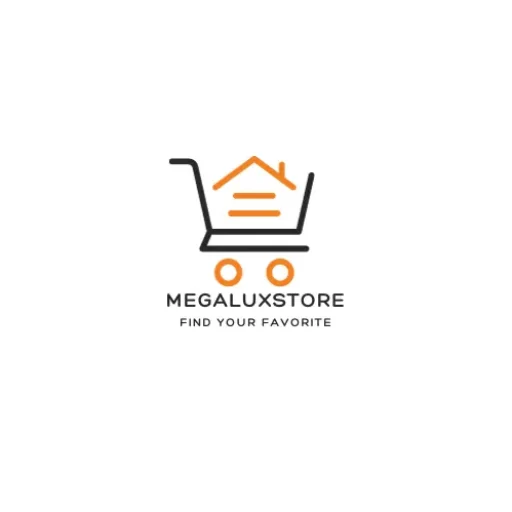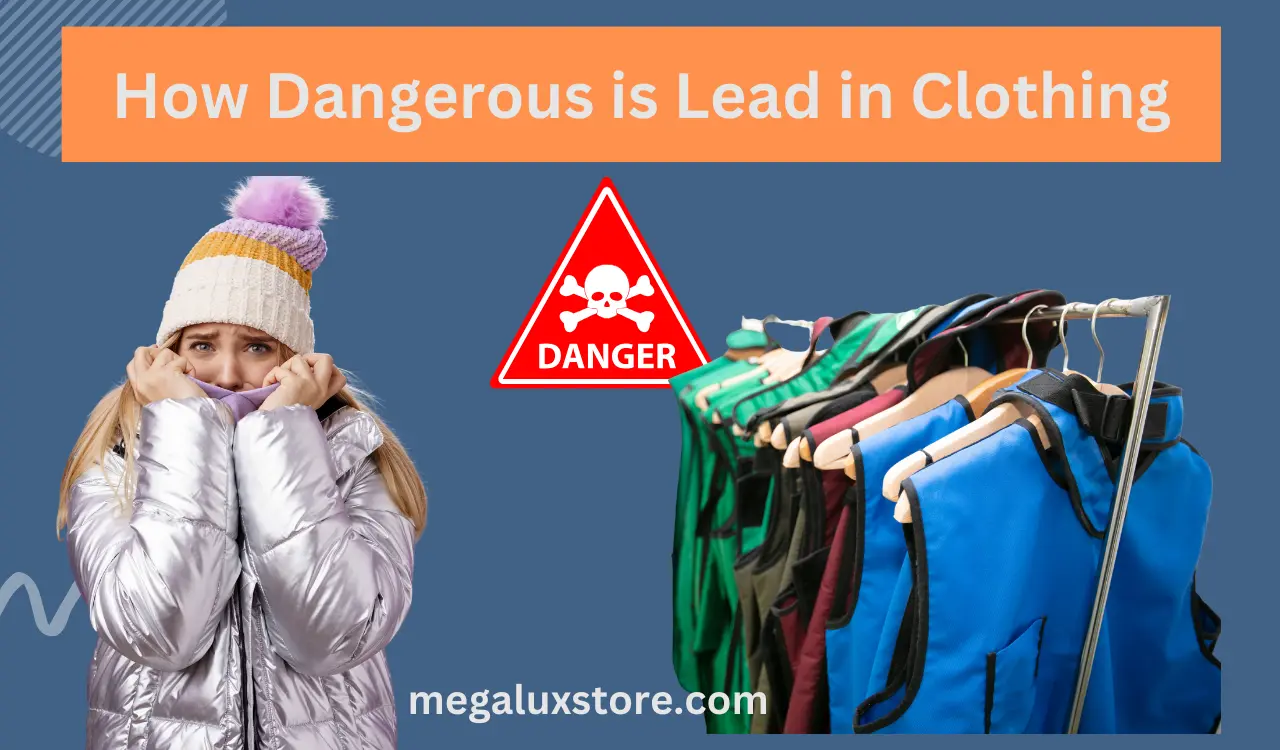How dangerous is lead in clothing? Lead is a heavy metal that, when present in clothing, poses significant risks to human health. This article delves into the various aspects of lead in clothing, exploring its sources, health risks, regulations, testing methods, and preventive measures.
Overview How Dangerous is Lead in Clothing
Lead in clothing refers to the presence of lead particles or compounds in garments, which can occur during the manufacturing process or through the use of contaminated materials. Lead exposure, even in trace amounts, can lead to severe health issues, making it crucial to understand the potential risks associated with clothing.
Sources of Lead in Clothing
- Manufacturing Processes: Some manufacturing methods involve the use of lead-based materials, leading to contamination during production.
- Imported Garments: Clothing imported from regions with lax regulations may contain higher levels of lead, putting consumers at risk. You need to order quality garments.
- Vintage Clothing: Older garments, especially those with lead-based dyes or embellishments, may pose a risk due to wear and tear over time.
How Dangerous is Lead in Clothing: Health Risks
Absorption Through Skin
Lead can be absorbed through the skin, especially if clothing comes in direct contact with sweat or damaged skin.
Inhalation of Lead Particles
Tiny lead particles released into the air from clothing can be inhaled, contributing to lead exposure.
Long-Term Health Effects
Prolonged exposure to lead in clothing has been linked to serious health issues, including neurological and developmental problems.
Regulations and Standards For Clothing
Various international organizations set guidelines to limit lead content in clothing, but enforcement varies. Different countries have specific regulations regarding lead in consumer products, including clothing. Educating consumers about the dangers of lead in clothing empowers them to make informed choices.
Testing and Detection How Dangerous is Lead in Clothing
Consumers can use home testing kits to check for lead in their clothing, providing a convenient way to ensure safety. For a more comprehensive analysis, professional testing services are available to measure lead levels accurately.
Children and Lead Exposure
Children are more susceptible to the harmful effects of lead, making it crucial to monitor their exposure. Lead exposure during childhood can impede cognitive development and have long-lasting consequences.
How Dangerous is Lead in Clothing Precautionary Measures
Being mindful of the clothing’s origin and manufacturing processes helps in avoiding lead-contaminated garments. Proper washing and handling techniques can minimize the risk of lead exposure from clothing. Discarding lead-contaminated clothing responsibly is essential to prevent environmental pollution.
Case Studies
Examining past incidents helps in understanding the potential risks and improving safety measures. Learning from past experiences, both consumers and the industry can implement preventive measures to avoid lead contamination.
How Dangerous is Lead in Clothing: Industry Responsibility
Manufacturers play a crucial role in ensuring the use of lead-free materials and ethical production practices. Emphasizing ethical sourcing and sustainable production contributes to reducing the prevalence of lead in clothing.
Alternatives and Innovations
Innovations in materials offer alternatives to traditional lead-based components, promoting safer choices in fashion. The shift toward sustainable fashion encourages the adoption of environmentally friendly and safe manufacturing processes.
- Non-Profit Organizations: Various non-profit organizations actively work towards raising awareness about lead in clothing and advocating for safer practices.
- Campaigns and Initiatives: Public campaigns and industry initiatives play a pivotal role in educating the public and promoting responsible practices.
Balancing Fashion and Safety
Consumers can influence the industry by making informed choices and supporting brands committed to safety and sustainability. The awareness of lead risks can drive positive change in the fashion industry, encouraging responsible production.
How Dangerous is Lead in Clothing: Future Trends
Ongoing research and technological advancements aim to develop lead-free alternatives, shaping the future of fashion. A shift in consumer preferences towards safety and sustainability is likely to drive the fashion industry towards adopting safer practices.
Conclusion
Lead in clothing poses serious health risks, emphasizing the need for awareness, testing, and responsible consumer choices. Consumers, manufacturers, and regulators must collaborate to create a safer and more sustainable future for the fashion industry.
Frequently Asked Questions(FAQs)
Is it possible to get lead poisoning from clothes?
No, the risk of lead poisoning from clothes is minimal. Stringent regulations have limited the use of lead-based dyes in modern fabrics. However, to ensure safety, choose reputable brands and wash new clothes before wearing. Children’s clothing should be monitored more closely. Overall, the likelihood of lead poisoning from clothes is low in today’s regulated manufacturing practices.
Can lead be washed out of clothing?
Yes, lead can be washed out of clothing. To effectively eliminate lead residues, use a mild detergent and wash clothes separately. Employ cold water and avoid bleach, as it may fix lead particles. Regular laundering helps maintain a lead-free wardrobe, ensuring safety and peace of mind.
How do I test clothing for lead?
o test clothing for lead, consider using lead testing kits available online or at hardware stores. Follow the kit instructions, typically involving swabbing the fabric and using a color-changing indicator. For comprehensive results, professional lead testing services are also available. Regularly checking children’s clothing is advisable. Stay proactive in ensuring a lead-free wardrobe by incorporating these simple testing measures.
What are the toxic fabrics in clothes?
Some fabrics may contain toxins, with polyester, rayon, and non-organic cotton being common culprits. Are shein clothes toxic? These materials can release harmful chemicals and contribute to environmental pollution. Opt for organic cotton, hemp, or bamboo fabrics to minimize exposure to toxins. Regularly checking fabric composition and choosing sustainable alternatives can help promote a healthier and eco-friendly wardrobe.
What detergent removes lead from clothes?
Choose a detergent with chelating agents like EDTA or citric acid to effectively remove lead from clothes. Brands offering heavy-duty stain removal or designed for sensitive skin often contain these ingredients. Always follow care label instructions, wash separately, and consider adding a second rinse for thorough cleansing. Regular use of lead-safe detergents ensures a clean and toxin-free wardrobe.





